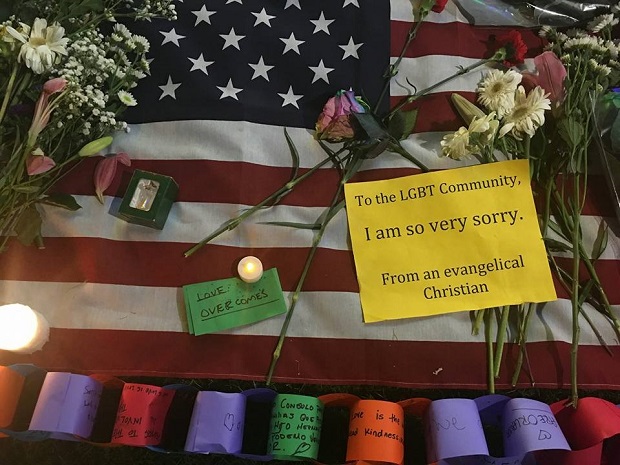
It’s been my long-held opinion that “diversity of thought” is a cop-out. Now, some of you may think this is harsh, but hear me out. I’ve been working in the field of diversity and inclusion (D&I) for over 15 years. One thing I know for sure is that we have always had to manage around diversity of thought. Diversity of thought is important, but using it as the foundation for D&I management within an organization is a way to avoid talking about the things we don’t like to talk about. It’s a way to be comfortable, maintain the status-quo, and convince ourselves we’re doing something about diversity.
Consider these points. We’ve always had diversity of thought, and yet:
- Less than 1% of Fortune 500 CEOs are black, and less than 5% are women;
- Global organizations still have challenges managing and integrating customers and talent around the world;
- Companies still struggle to attract and retain women, people of color, Millennials, differently abled, LGBT, and <insert any other non-majority group> employees.
Focusing on diversity of thought has many issues. First, it takes diversity too far down to an identity level. Yes, in the end, we are all individuals. Of course, we all think differently. But diversity of thought brings this so far down to the individual level that we don’t recognize valid patterns that exist in terms of how groups of people think, act, and behave. We don’t understand the intricacies of the beliefs and values that have shaped worldviews. We need to understand these patterns in order to understand what attracts and motivates not only employees, but also the customers and clients our organizations serve.
Secondly, focusing on diversity of thought, to the exclusion of issues like race and gender and equity, smacks of privilege. Privilege is being able to avoid those conversations we don’t want to have and the unpleasant feelings that sometimes come with them. When we focus on diversity of thought, we can avoid talking about things that matter to other people – whole groups of people, in fact. We don’t have to talk about equity and race issues. We don’t have to talk about glass ceilings. Issues that are not discussed don’t get resolved.
Finally, focusing on diversity of thought allows us to avoid examining our biases. Through diversity of thought, we can justify hiring people who look “just like me,” because “they think differently.” When we understand unconscious bias, we understand that perhaps we’re hiring them because we’re comfortable with them. Yes, they may be from a different socio-economic status or school, but in the end, if they look like me, there is a comfort level that they think like me. A recent article in Scientific American pointed out that, “When members of a group notice that they are socially different from one another … they anticipate differences of opinion and perspective” and come to better solutions. We ensure diversity of thought and innovation through building teams that are diverse in both visible and non-visible ways. This requires building a D&I platform that moves beyond diversity of thought.
We’ve always dealt with diversity of thought in the workplace. Of course, it exists, but to make it THE reason we’re focusing on diversity, ignores very important differences and avoids more meaningful work around tough topics.



















Important points and well written. Thank you for sharing.
Thank you Dianne! This has been on my mind for years now. Good to finally put it in writing.
such a inspiring points
Thanks for sharing your points Susan McCuistion